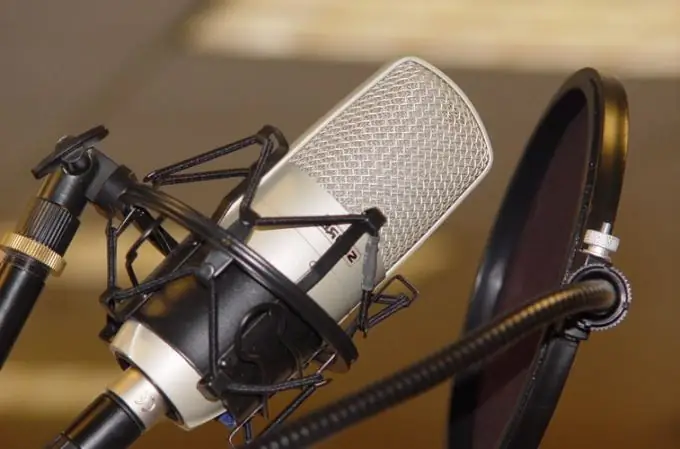When creating a soundtrack for a video, it is often necessary to edit a voice recording. If we are only talking about changing the volume of the voiceover, you can use the capabilities of the program in which the video is processed. For more complex processing of the recording, you will need to use a sound editor.

It is necessary
- - Adobe Audition program;
- - file with voice recording.
Instructions
Step 1
Load the sound into Adobe Audition by opening the file list with Ctrl + O or using the Open option of the File menu. If you are dealing with a long record, some parts of which need to be swapped or deleted, stock up on a transcript of the record in the form of a printout or a text file, on which it is marked what and where to move.
Step 2
Quite often, when editing a recording, you need to increase the volume of your voice. This can be done using the Normalize option found in the Amplitude group of the Effects menu. To apply the option to a fragment of a recording, select the required section. If you need to increase the volume of the entire sound file loaded into the editor, do not select anything.
Step 3
After increasing the volume of the voice, background noise caught in the recording due to poor soundproofing of the room or for other reasons may become so noticeable that it will need to be removed. To do this, select an area of the recording that contains only noise and press Alt + N.
Step 4
Use the Noise Reduction option in the Restoration group of the Effects menu to open the settings window and use the Select Entire File button to work with the entire recording. Adjust the noise reduction level with the Noise Reduction Level slider, click on the Preview button and listen to the result. For best results, apply the filter several times, capturing different noise profiles and setting the minimum values for the noise reduction level.
Step 5
Often, to create special effects, you need to run reverse voice playback. To get what you want, select the part of the recording to which this effect will be applied and use the Reverse option from the Effects menu.
Step 6
When processing dialogs voiced with one voice, you can apply a stereo pan offset in order to emphasize the presence of two characters. Select the replica and open the filter settings using the Stereo Field Rotate option from the Amplitude group. Move the slider to the left or right, depending on which way you want to move your voice. Move the line belonging to another character in the same way to the other side.
Step 7
In order to create the illusion of movement of the sound source, apply the Stereo Field Rotate (process) option from the same group. Use one of the presets or build your own panorama displacement graph in the Rotation panel. By default, this plot has only two anchor points. For a more complex line, add points by clicking on the desired section of the graph. If you need to get a smooth movement of the panorama, check the Spline Curves checkbox.
Step 8
Use the Stretch (process) option in the Time / Pitch group of the Effects menu to adjust the change in pitch and speed. If you need to add different types of echoes to the voice, use the filters of the Delay group from the same menu.
Step 9
Save the edited entry with the Save Copy As option on the File menu.






